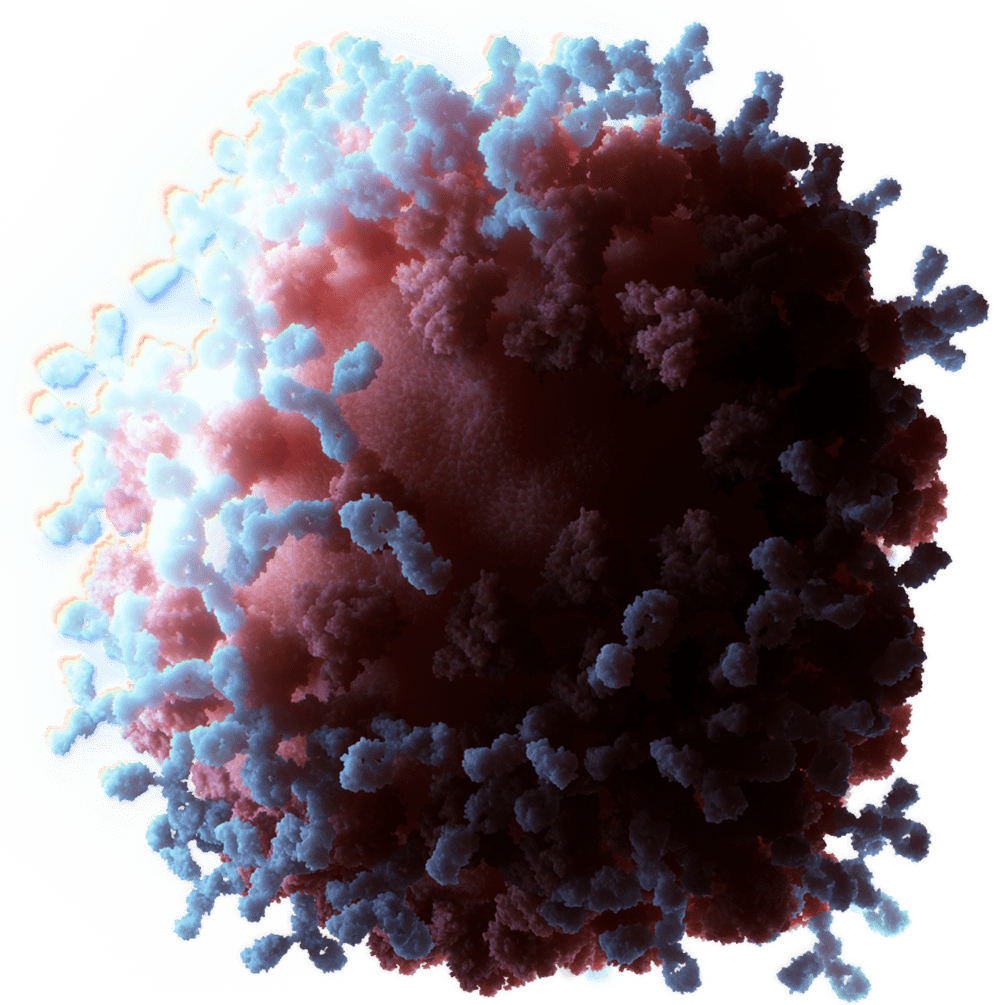 |
Jennifer Kong
Assistant Professor of Biochemistry B.A. 2007, Willamette University
Ph.D. 2015, University of California, Los Angeles
Off.: J441
|
Honors:
- 2019 NIH K99/R00 Pathway to Independence Award
- 2018 American Heart Association Postdoctoral Fellowship
- 2015 The Dr. Eva Kavan Prize for Excellence in Research on the Brain, UCLA Brain Research Institute
Research
Our laboratory uses a combination of stem cells, CRISPR/Cas9 screens, mouse genetics, and biochemical assays to study the signaling pathways that are essential for embryonic development. We are particularly interested in understanding the mechanisms that modulate a cell’s response to extracellular cues like morphogens and how defects in these processes result in birth defects.

Figure 1: (Left) Diagram of a general morphogen-receptor pathway. An extracellular morphogen binds to a surface receptor, which then activates a downstream intracellular signaling cascade, resulting in the activation of downstream target genes. (Middle) The signaling sensitivity of a cell to extracellular morphogens can be modified via the remodeling of proteins at the cell surface. (Right) Dysregulation of signaling sensitivity can result in defects in embryonic development and tissue regeneration, and drive cancer.
Morphogens are extracellular signaling molecules secreted from a localized source that spread into adjacent tissues and direct cell fate decisions in a concentration-dependent manner (Figure 1). Essential for metazoan embryogenesis, morphogens control proliferation, differentiation, and patterning during development to orchestrate the formation of tissues and organs. Interestingly, morphogens have equally important functions in adult tissues, sustaining stem cell homeostasis and promoting regeneration in response to injury. Due to their many roles, morphogen signaling is tightly regulated, and even small perturbations in signaling activity can have devastating consequences, resulting in birth defects, cancer, and tissue degeneration (Figure 1).
Where prior studies focused on understanding how a morphogen’s concentration and duration influence signaling activity, our research focuses on understanding how a receiving cell modulates its sensitivity to a morphogen by regulating the abundance of key receptors at its cell surface.

Figure 2: Using a sensitized screening system, we recently discovered a novel regulatory complex made up of three proteins: MOSMO (an unannotated tetraspan), MEGF8 (a single-pass transmembrane protein), and MGRN1 (an E3 ubiquitin ligase). Systematic analysis of the MOSMO/MEGF8/MGRN1 (MMM) complex revealed that it is a membrane-tethered ubiquitin ligase complex that regulates a cell’s sensitivity to the morphogen Sonic Hedgehog (SHH) by controlling the trafficking of the receptor Smoothened (SMO) to the cell surface.
Current research in the lab will focus on the following questions:
- What are the mechanisms that regulate a cell’s sensitivity to morphogens? How do errors in these mechanisms drive birth defects? We recently discovered that the abundance of receptors at the cell surface (that play a critical role in propagating the morphogen signal) are regulated by membrane-tethered ubiquitin ligase complexes. Moving forward, we will (1) study how these ubiquitin ligase complexes are assembled and activated, (2) determine how these complexes specifically target proteins for degradation, and (3) understand how a loss of these complexes results in a variety of birth defects.
- How does a cell’s surface protein landscape (proteome) change within a developing embryo? In the field of morphogen signaling, numerous studies have focused on understanding how morphogens are synthesized, processed, secreted, and dispersed. In contrast, we know remarkably little about the cells that receive the morphogen. Our work shows that a receiving cell plays an active role in determining how morphogens are interpreted and how a receiving cell can tune its sensitivity to extracellular cues by manipulating the abundance of receptors at their surface. Thus, through the use of both stem cells and embryonic tissues, we will explore the proteome of developing cells and understand the mechanisms that shape them.
Publications:
